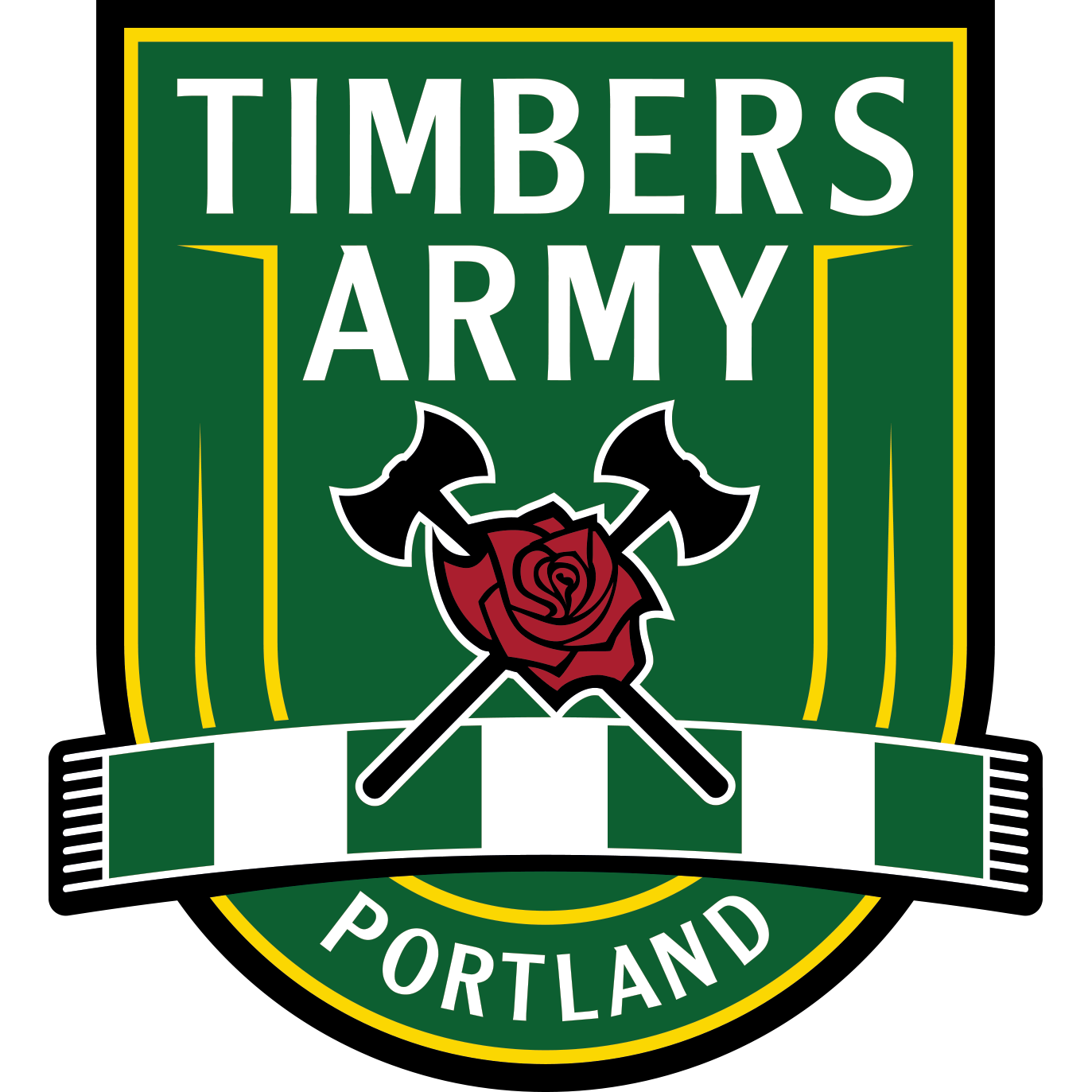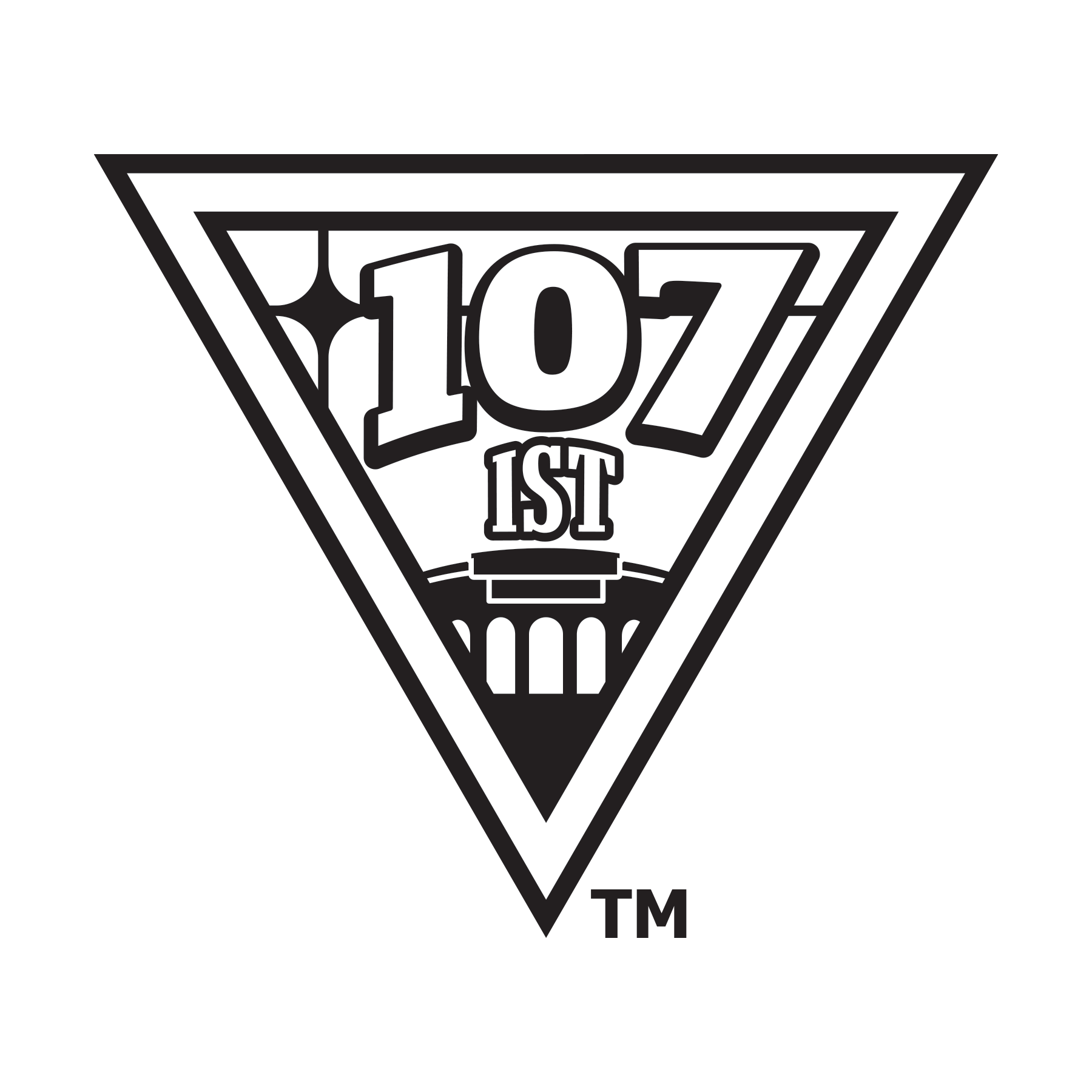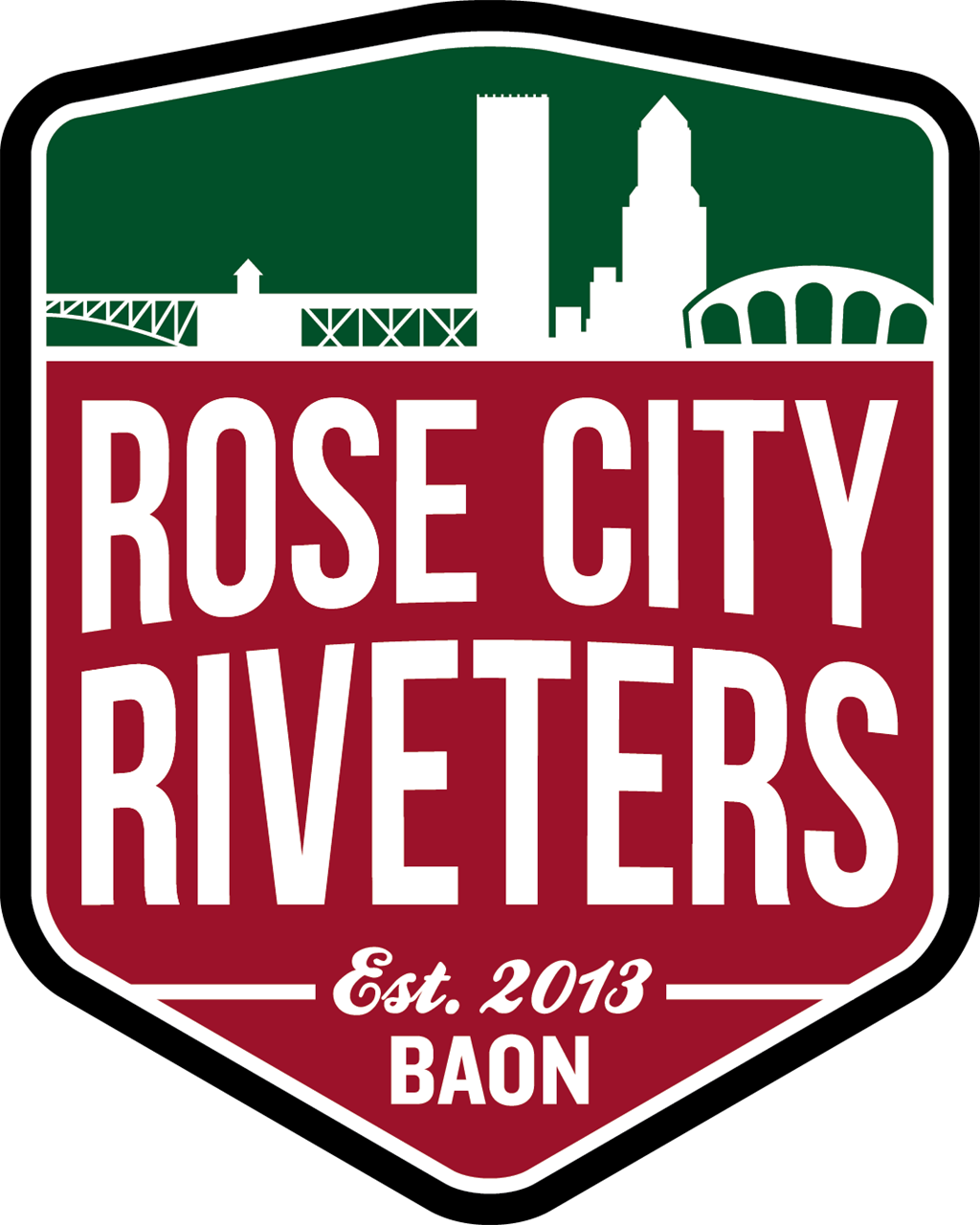This post is not an official statement on behalf of the 107ist board. However, it has been reviewed by the board before posting. This is an attempt not to state opinion or prescribe the solution, but to frame the issue in a way that elevates the discussion constructively as we move forward. While we continue to deliberate as a board, it is important that we continue to hear from you, our membership and community at large.
Well, as per usual, the Timbers’ participation in the Lamar Hunt US Open Cup has not been short on controversy. As we were hosted by LAFC in their first run at the Cup, a multitude of controversial things to talk about swept over our community. I’m going to be addressing one of these specifically, as it brings up some very valid issues that are being discussed within the membership and at the 107ist board level. While much of the discussion arose in social media circles, a lot of the deliberation at the board level is in response to a very well-thought-out email to the board from a member of the Tigers Supporters Group (TSG), the LAFC supporters group based in Koreatown. As many of you may know, when the Sunshine flag went up after the Timbers goals in LA, the recognizable similarity with the Rising Sun flag of Imperial Japan surprised those who know that the Timbers Army and the 107ist have an ethos that completely contradicts the embodied meaning in the Rising Sun flag for communities who suffered under the atrocities of Imperial rule.
The Rising Sun flag has been in use for hundreds of years in Japan and has always been a symbol of war. Rooted in use by warlords, it became a symbol of national military strength around 1870. Many atrocities have occurred under its shadow. As the first nation to truly embrace industrialization and its advantages in warfare, a sense of racial superiority grew out of Japan that led to the Imperial mindset as a colonial power in the region.
This perceived hierarchy of superiority allowed them to justify the subjugation of the occupied peoples as they expanded. This manifested itself in many ways, from the sexual enslavement of hundreds of thousands of young girls, to around 6 million people being forced into Japanese labor camps and mines from Korea alone, to thousands being forced to participate in torturous medical experiments (Maruta). In one gruesome example, hundreds of thousands of Chinese people were raped and/or brutally massacred in one particular campaign of savagery referred to now as the Rape of Nanking. An estimated 36 million casualties were created in the Asia Pacific during WWII under the shadow of the Rising Sun flag. What’s noticeably missing from that statistic are Koreans, as they’d been occupied for over 20 years by 1931 and were considered a part of Japan at the time. Some estimates put the total number of casualties from Imperial expansion much closer to 50 million. While this is a similar number to the casualties in the European theater at the hands of Nazi Germany, we all (in the West) can recognize the inherent negative meaning of Nazi symbolism; yet it has become apparent that we know little of the meaning of the Rising Sun for those who were occupied in the Asia Pacific. Unlike Germany’s efforts to atone for this period in their history, Japan has largely failed to apologize, atone, or even wholly recognize the grievous acts that occurred at their hands over the same time.
With the sorrow of many, the Rising Sun flag is still in use in Japan. It has become the flag flown for Japan’s defensive navy and, with slight variation, other branches of their defensive military. It has caused numerous controversies at sporting events through its use on uniforms, both flying free and being hung in the stands, and even as face paint. The casual way it is incorporated in advertisements, fashion, media, etc., serves as a continual reminder to many millions of people. One specific current use is very troubling and can be directly correlated to conversations and reflections we have been having here in this country and in Portland in particular. Anti-Korean nationalism in Japan has been making a resurgence using the Rising Sun flag as one of its symbols. Some of the hateful language used is almost verbatim, after translation, to the hateful vitriol that has been growing like a cancer in the US. Watching video of protests and counter-protests on the subject is eerily similar to what we’ve been seeing here in Portland in recent years.
We’ve been doing a lot of soul-searching as a community in recent decades as to our role in WWII, with much of this focusing on the internment of the Japanese-Americans living in our communities. What we haven’t focused on largely are the effects of Japanese Imperialism on the populations they invaded over this time. As a Pacific Rim city, we do have a sizable population of Koreans, Chinese, Pacific Islanders, and Japanese; however, they lack any real enclaves like what can be found in many of the other major cities along the West Coast, most notably for the Korean-American community, who have Koreatown in Los Angeles but no comparable community here. While many in these groups locally have gained growing cultural acceptance in this region over time, their assimilation with the wider population has been deep in some respects and lagging in others due to many factors. A part of that is choosing your battles, and raising awareness about this symbol hasn’t been the chosen battle thus far. That’s kind of what brought us to this situation, regretfully. Something that is this important to so many people, and having the larger population be basically oblivious, is a true societal failure. There’s no other way to put it, really.
I personally applaud the Tiger Supporters Group for bringing this to our attention. The strength of the Korean community in LA as a true part of the diaspora is a great asset to the overall region there, and to this country, for that matter. Brought together often through adversity sometimes more than cultural similarity, their community identity and solidarity with other minorities was formed through fire. Following the 1992 Los Angeles riots, Koreatown was reformed from an enclave of immigrants to a community that is deeply engaged as an active part of the cultural and political landscape, advocating not just on behalf of Korean-Americans, but for all minority populations. Through this strength as a community and their place in the wider region, they are more able to bring issues like this to the broader consciousness. This does deserve our support and does align with the ethos of the 107ist.
In comparison to much of this country, we all, as supporters of the beautiful game, have an above-average comprehension of the subtleties between flags. Every four years we’re reminded of this via the World Cup. The slightest variations between flags can mean completely different things. One example is the banter the Timbers Army has been trading with one of our rivals using marine signal flags (“Your ship is sinking; abandon ship”). Another example is the use of a sunburst, the shared element between our Sunshine flag and the Rising Sun flag. The sunburst is not limited to these two, as it’s used in the Nepali peace flag (red and gold) and has been used in Ireland (green and gold) for about as long as it has represented the national military of Japan. The green and gold sunburst in Ireland traces back to use by the Irish Republican Brotherhood and has been used as a symbol of their fight for independence for well over a century. Irish regiments who fought in our nation’s Civil War for the Union carried with them versions of the green and gold sunburst. It has also made its way into the terraces through the supporters culture behind Celtic FC, a group that largely shares our ethos.
Now, I’m not going to deny that our Sunshine flag wasn’t influenced at all by the Rising Sun, but the meaning behind the flag couldn’t be more divergent. The original Sunshine flag was conceived out of our tradition of being led by Timber Jim with his daughter’s favorite song, You Are My Sunshine. But, while the song has a lot to do with the Spread the Love part of our ethos, another aspect is the strength of our convictions, and ignorant of the larger implications above, the Rising Sun had that inherent strength. The making of that first incarnation was the largest single tifo display item we had created at that point. While small compared to the spaces we’ve used to paint our displays since then, it seemed big at the time. Its creation wasn’t like slapping a bunch of paint around like our other displays; this was hand-sewn, and the sounds of the sewing machines will still bring a smile to the faces of those that were there. During the planning stages, the flag got the nickname BAF (Big-Ass Flag) due to the relative size, and the name stuck. It made its debut on July 14, 2004 in, oddly enough, a US Open Cup match against the San Jose Earthquakes. The Open Cup for us back then was a huge deal. It was our one entry point into the CONCACAF Champions League and a chance for us to prove our heart and passion when facing clubs above our league, not only on the field as a club, but in the stands as supporters. Our passion and heart that we gave to our team to embrace led to some of the most epic moments of that era in club history. Even though we always fell short, Our Boys frequently did us proud.
Only a few weeks after the debut of the BAF, Timber Jim’s daughter passed away in a car crash. The resulting outpouring of emotion was codified though the singing of the song and the messages of love, hope, passion, joy, and strength were embodied in that flag -- all things that were needed for us to heal as a community and to give Jim the support he needed then and still does to this day. Truly, it became more than just a tifo display. When it goes up over the North End after we score a goal, its message of pure joy washes over us. Hope is one of the strongest characteristics of the human condition. Through literally the worst of times (well outside sport), hope can get people through. When hope is lost, one’s ability to cope is lost too, and any downward spiral is near impossible to get out of. We look to the Sunshine flag as a symbol of that hope in the darkest times and we use it as a symbol of our convictions. As a result, it is one of the most ubiquitous symbols in our iconography: shirts, hats, patches, scarves, stickers, banners, large tifo displays, tattoos, all inspire these very pure emotions through the incorporation of the sunburst, so much so that it’s a key element in the Timbers Army crest and the 107ist logo. This is the symbol we put on youth kits when we sponsor a team. This is the symbol that we use to take our message into our communities.
After the original flag saw such an abundance of use over the years, it definitely showed its age and was falling apart, so it was retired shortly after our move to MLS. Feeling its loss, a couple of supporters with master sewing skills decided to make a new one, again by hand, and that is the one used in the North End of our stadium now which has some obvious variances from the original. Later, they decided to create another one specifically for away days which is closer in design to the original BAF. This is the element that travels with us so the regional and traveling supporters can be washed over by it, and helps our support for the team transcend geographical space.
Now, given the knowledge brought forth about the meaning for many when they see symbols like our Sunshine flag, we are at a crossroads. The only thing agreed upon at this point is that we can’t do nothing. This is far from placating another supporters group’s concern; this is about recognizing an issue in our own community much broader than our flag. Knowing that members of our community are affected in this way by the Rising Sun flag cuts right to the heart of who we are as an organization. Any simple solution we choose will be a disservice to many of those among us. It must be more broadly and deeply addressed. In the days since this conversation started, we have started a dialogue on this with Asian Pacific American Network of Oregon (APANO), who are fellow members of the Portland United Against Hate (PUAH) coalition, and will be taking this issue together to the wider coalition to discuss what can be done moving forward.
There is current talk about altering the flag or even removing it from our iconography. Removal isn’t really possible, as its breadth within our culture runs too deep. Even if we tried, it would only have the opposite effect, as any existing reference would invoke the specific negativity we’re trying to address. Altering it by simply adding elements runs the risk of sweeping the issue under the rug and could be taken as just putting lipstick on a rat. Even if you get into the specifics of the sixteen rays or something (our number always varies), it discounts the fact that alterations to the Rising Sun are presently being used as representations of the original. As it stands currently, the away day Sunshine flag is the closest representation, especially when it is displayed with left side justification of the sunburst. The very least we could do is be very specific about orienting the flag so the justification of the sunburst is to the right, which would both turn the reference upside down in the international signal of distress and provide us with a constant opportunity to discuss the why, just like many of our other traditions. Maybe that flag simply retires with the other.
Again, there is no real solution at this point. The important thing is we’re started processes, are having the dialogue, and we look forward to hearing from and working with more of our members and others in our community to address the issue.
Please feel free to comment.


